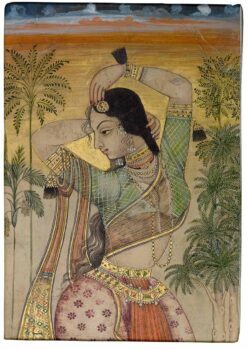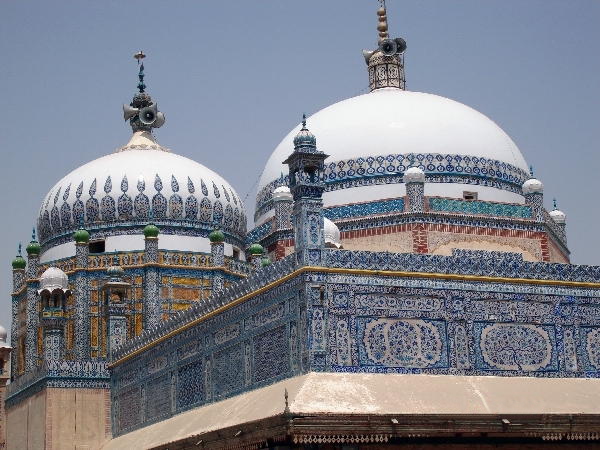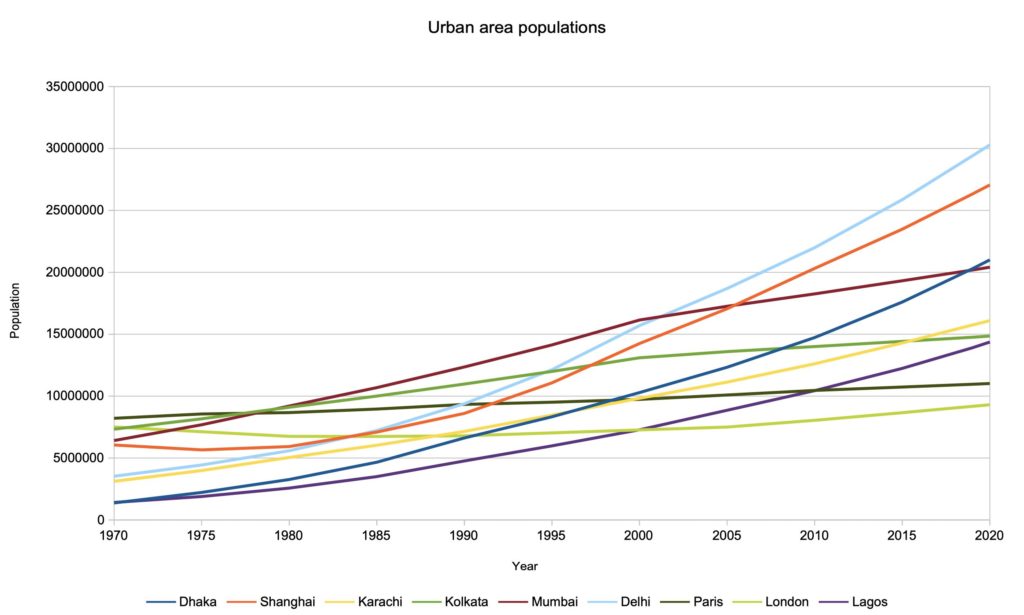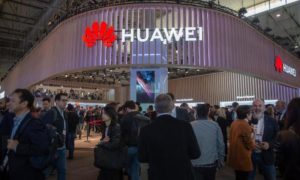A stupid commenter (SC) below keeps opining that the high frequency of R1a across South Asia is due to non-paternity events (NPE). I’m not quite sure SC knows what NPE is. It is, “when someone who is presumed to be an individual’s father is not in fact the biological father.” The hypothesis presented seems to be that outside of the Northwest of the subcontinent, the high frequency of R1a among non-Brahmin populations is a function of cuckoldry.
I think this is a stupid hypothesis for several reasons.
- Star phylogenies tend to extend outside of their core sociocultural group (e.g., R1b in Basques)
- NPE events outside of ethnicity seem rare given how endogamous South Asian jatis are.
- NPE in Eurasian societies seem to be 1-3%.
- There isn’t autosomal variation in ancestry within South Asia jatis usually. E.g., autosomally Tamil Brahmins or Chamars don’t vary much. This is in contrast with Mexican Americans or African Americans, who show a great deal of biogeographic variation in ancestry because they are a recently admixed population.
But, in the interests of making lemonade out of SC’s lemon, it’s interesting to observe other cases of disjunction between genome-wide ancestry and Y chromosomes. For example, let’s look at the Hui, Chinese-speaking Muslims.
The most likely origin of these Muslims is during the Yuan dynasty. So about 750 years ago. They were probably originally Central Asian, and so a mix of West and East Eurasian. Around 40% West Eurasian Y chromosomes from the beginning is not totally unreasonable if Islamicized Turks were a substantial proportion of the Muslims. If 5% of their total genome is West Eurasian, it’s probably reasonable to assume that 10% of their total genome derives from Muslims, if the original Muslims about half West Eurasian and half East Eurasian in ancestry.
750 years is 30 generations. My back of the envelope calculations suggests that 7.75% exogamy with Han Chinese per generation would result in a 50% West Eurasian population become a 5% West Eurasian population. Another way to frame this is about ~90% of the ancestry of the original founding group has been replaced. But what about the Y chromosomes? Even assuming 100% West Eurasian Y chromosomes, the decrease has not been of similar magnitude.
The answer is simple: the dilution could have been mostly female-mediated. China is a patrilineal society, and Central Asian Muslims are also patrilineal. Though there are exceptions (there is a Hui branch of the Kong family due to one of the descendants marrying a Muslim woman and converting to Islam), it seems reasonable to infer most of the gene-flow into the Muslim community was through women. And, women do not have Y chromosomes, and so do not replace that lineage, though they do contribute to the total genome.
This is not an isolated case. There are populations around Lake Chad which carry ~1% Eurasian autosomal ancestry, but with Y chromosomal fractions of R1b, which is Eurasian, on the order of ~20%.
The opposite case can also occur. Because of male-biased European gene-flow to Latin America, populations such as in Argentina can have a very high fraction of indigenous mtDNA, passed from mothers to their offspring, despite the total genome being mostly European.
Which brings us back to South Asia. Though R1a is associated with “upper caste” populations, the reality is that it is widely distributed in South Asia. Including tribal groups such as the Chenchus and Bhils.
The Chenchus are an interesting case. The only groups nearby with high frequencies of R1a would be South Indian Brahmins, who are genetically very distinct. In fact, Brahmins from the four southernmost states of the peninsula are very similar in their proportions of distinct biogeographic components. And, there is not much inter-individual variation. The Chenchus, in contrast, seem to be typical ASI-shifted tribal people from South India.
In an NPE model the ~25% R1a ancestry is due the fathering of sons by Brahmin males, who were raised by their Chenchu mothers as Chenchu (and presumably raised by Chenche males as their own sons). The problem is that then ~12.5% of the ancestry of Chenchu should be Brahmin. This introduces a noticeable steppe shift, and though 12.5% is a small fraction, one should be able to detect it. Additionally, if the R1a entered the population through introgression every generation, there should be variation in ancestry among the Chenchus as a function of biogeography.
I simply don’t see this in the data for the Chenchu. What could explain their high fraction of R1a?
There are two things to consider. First, these marginalized groups often have low effective population sizes due to extreme endogamy. This means the power of drift at a single locus, such as the Y, is strong in these groups. It is not unreasonable to posit some groups, such as the Chenchu, would drift to a higher frequency.
The second dynamic is the one alluded to above: the Chenchu descend from a compound of groups, and a core paternal lineage of R1a bearers was assimilated into a larger population. I see the expansion of R1a across South Asia as greatly synchronous with the development of the ethnolinguistic landscape we see around us. Tribal groups such as the Chenchu are not primal, but part of an ethnolinguistic tapestry which crystallized in the period after the fall of the IVC and the reemergence of India into history in the 6th century BCE.
Note: Will delete dumb comments




 A friend of the
A friend of the 